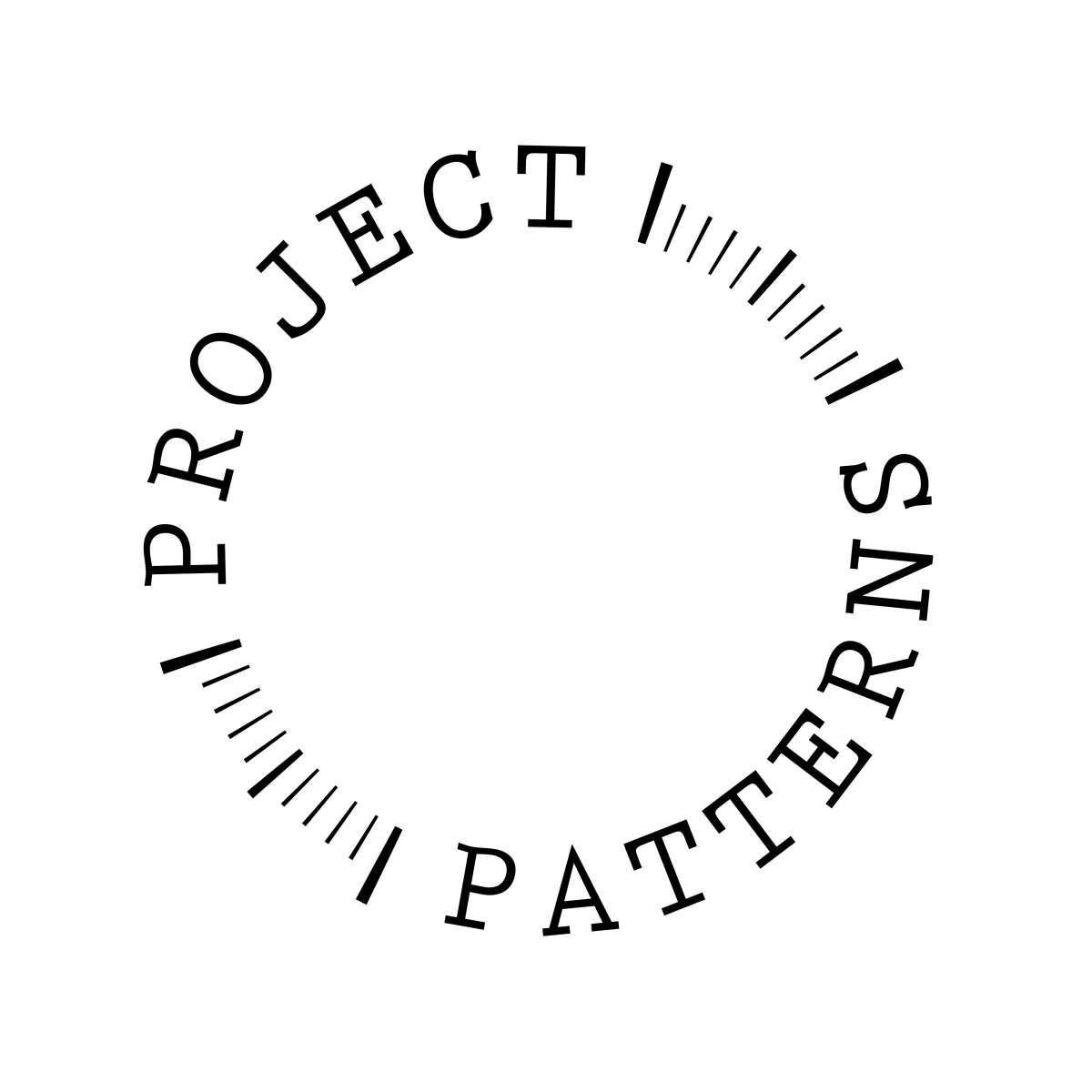The Fastest Way to Start Drafting, Without Buying Every Tool
The Fastest Way to Start Drafting, Without Buying Every Tool
Let’s get you drafting today, without buying half the shop. Grab a pencil, a ruler, and some paper, and we will make a start together. With a short list of beginner pattern drafting tools UK, a few clever swaps from around the house, and some simple habits, you will get clean, accurate lines in no time. If you are feeling stuck before you even touch the paper, take a quick reset with Stuck in Your Head, 3 Pattern Drafting Roadblocks…, then come back here for the practical kit and steps. (read the roadblocks guide)
What you actually need today, the minimal kit
You can draft a simple block with a pencil, a long straight ruler, a tape measure, large paper, paper scissors, sellotape, and a right angle. A pattern master or French curve is nice to have, but not essential for day one, you can freehand gentle curves or combine smaller arcs with a mug or plate. A Pattern Master simply combines several rulers into one tool, which you can add later when you are ready.
Smart swaps that save money
DIY pattern weights, use tins, books, or metal washers from the hardware shop. It works, and many sewists do exactly this.
Pattern paper alternatives, dot and cross is lovely and helps you square up lines, but brown parcel paper or baking paper can work when you are getting started. For reference, dot and cross is a standard industry paper used by dressmakers.
Right angles and curves, if you do not own a set square, put two rulers together to create a corner, or use the corner of a hardback book. For small curves, a French curve helps later, but you can combine gentle arcs with household circles.

Your first draft in under an hour, pick a simple block
Start with something simple like a skirt block, it teaches measuring, squaring, darts, and labeling without sleeves or collars. Many teachers start beginners on a straight skirt for exactly this reason.
A good block becomes the base you reuse, which is why blocks are kept without seam allowances and traced to create new patterns.
Accuracy without fancy kit
Seam allowance, is simply the area between the stitching line and the cut edge. Home sewing patterns often use 1.5 cm, which gives you room to sew and adjust.
Grainline, keep your pattern’s grainline parallel to the selvedge when you place pieces on fabric for cutting, that stability makes garments hang correctly.
Truing, before you cut fabric, check that seams match in length and corners are square so they sew together cleanly. Truing darts and seam lines prevents stepped edges and wobbly hems.
These habits are accuracy multipliers, they do not require special tools, only attention and a straight edge.
Practice in half scale to learn fast
Half scale is a friendly way to build confidence quickly. It uses less paper and fabric, and you can spot shape changes at a glance, so testing ideas feels simple, not precious. Many tutors use half scale for sampling and demos for exactly this reason.
Start small, move a dart, try a little pleat, sketch a new style line, add a facing. When the mini version looks right, repeat the same steps on your full scale block.
When to upgrade, and in what order
Once you are drafting regularly, consider a Pattern Master or L square, a French curve, an awl, a notcher, and quality pattern paper. These tools speed you up and make repeat work neater, but you do not need them on day one.

Common mistakes to avoid
Forgetting seam allowances or mixing widths across pieces, adopt one default and note it on each piece.
Not truing seams after moving darts or changing lengths, always walk seam lines and square hems. (In the Folds, how to true a dart)
Ignoring grainlines when cutting, your garment will twist or hang oddly.
Keep notes after each project, what worked, what to adjust, it will speed up your next draft.
Keep the momentum
If you felt stuck before, read the follow up next, Stuck in Your Head, 3 Pattern Drafting Roadblocks… for quick wins and mindset shifts.
Ready for a guided start, join the Free Masterclass to learn the fastest path from first draft to wearable design, Are you ready to start drafting your own patterns (save your place).
FAQ
1) Can I start without a pattern master or French curve
Yes, you can use straight rulers for squaring and freehand or household circles for gentle curves, then upgrade later if you enjoy drafting. A Pattern Master simply bundles several rulers into one, helpful for speed but not essential on day one.
2) What paper can I use if I do not have dot and cross
Dot and cross is standard in UK workrooms and helps alignment, but brown parcel paper or baking paper can work for early drafts and tracing. If you want the real thing later, most UK retailers stock it by the roll.
3) Do I need dressmaker’s weights, or can I improvise
Improvise with tins, books, or make low cost weights with metal washers, it is a common and effective approach. Later, you can make or buy purpose made weights if you prefer.
4) How accurate do my measurements need to be
Accurate measurements and consistent seam allowances are key to a clean first fit, 1.5 cm is a common home sewing allowance that gives room to sew and adjust. Always true your seams before cutting fabric.
5) Is half scale worth it for beginners
Yes, half scale lets you learn principles quickly, save materials, and see design changes with less effort, it is a recognised teaching method in pattern cutting.

